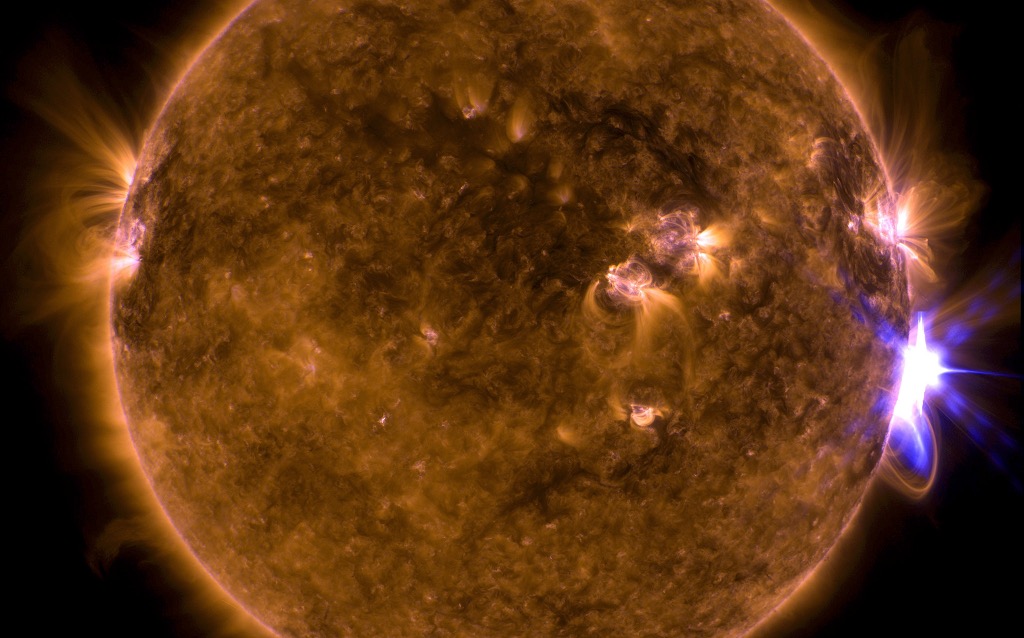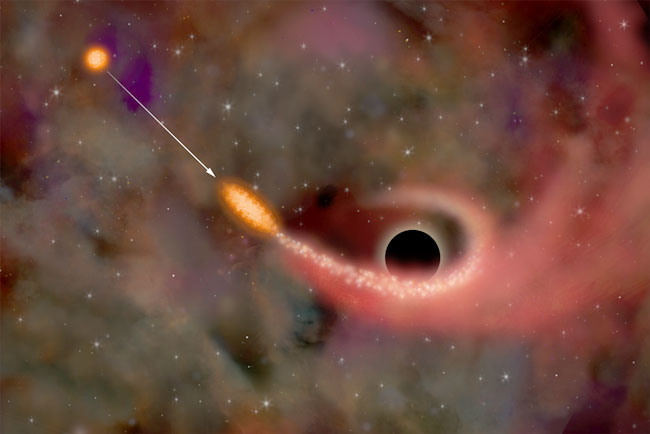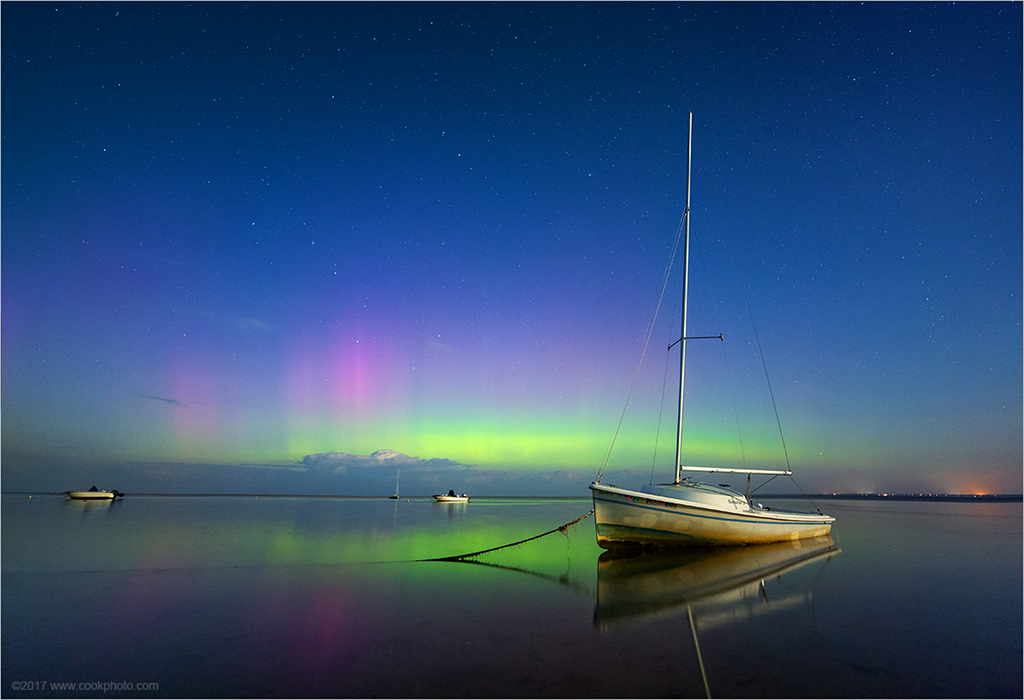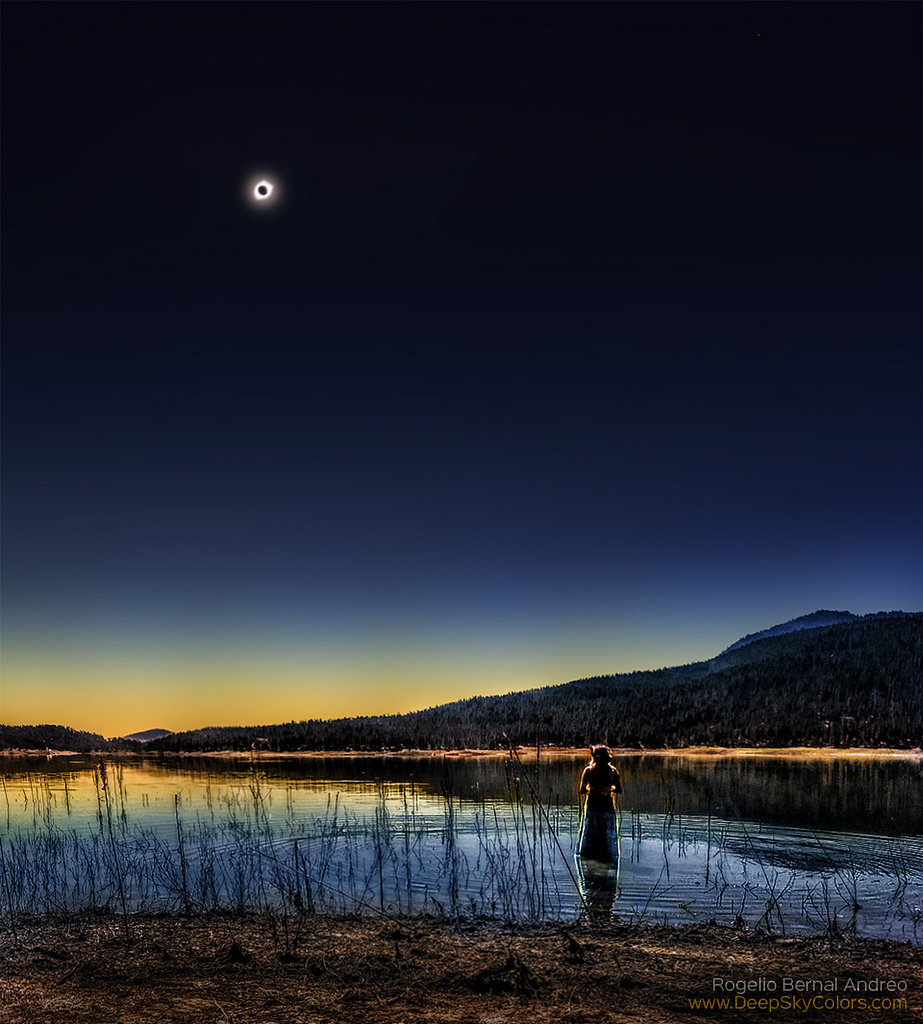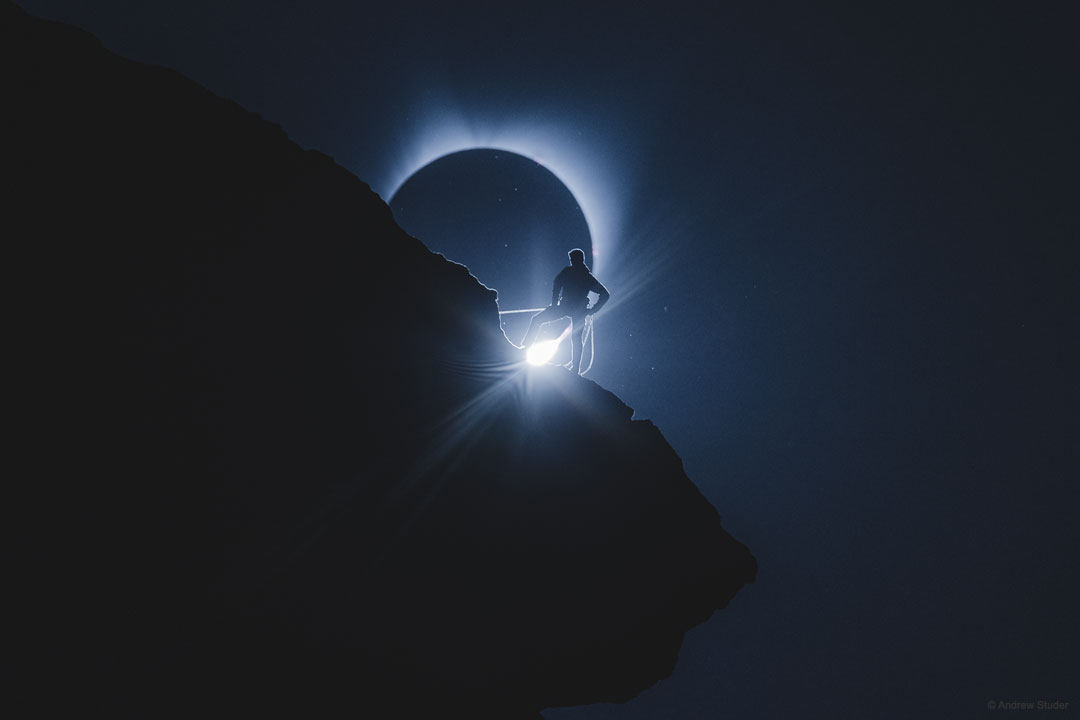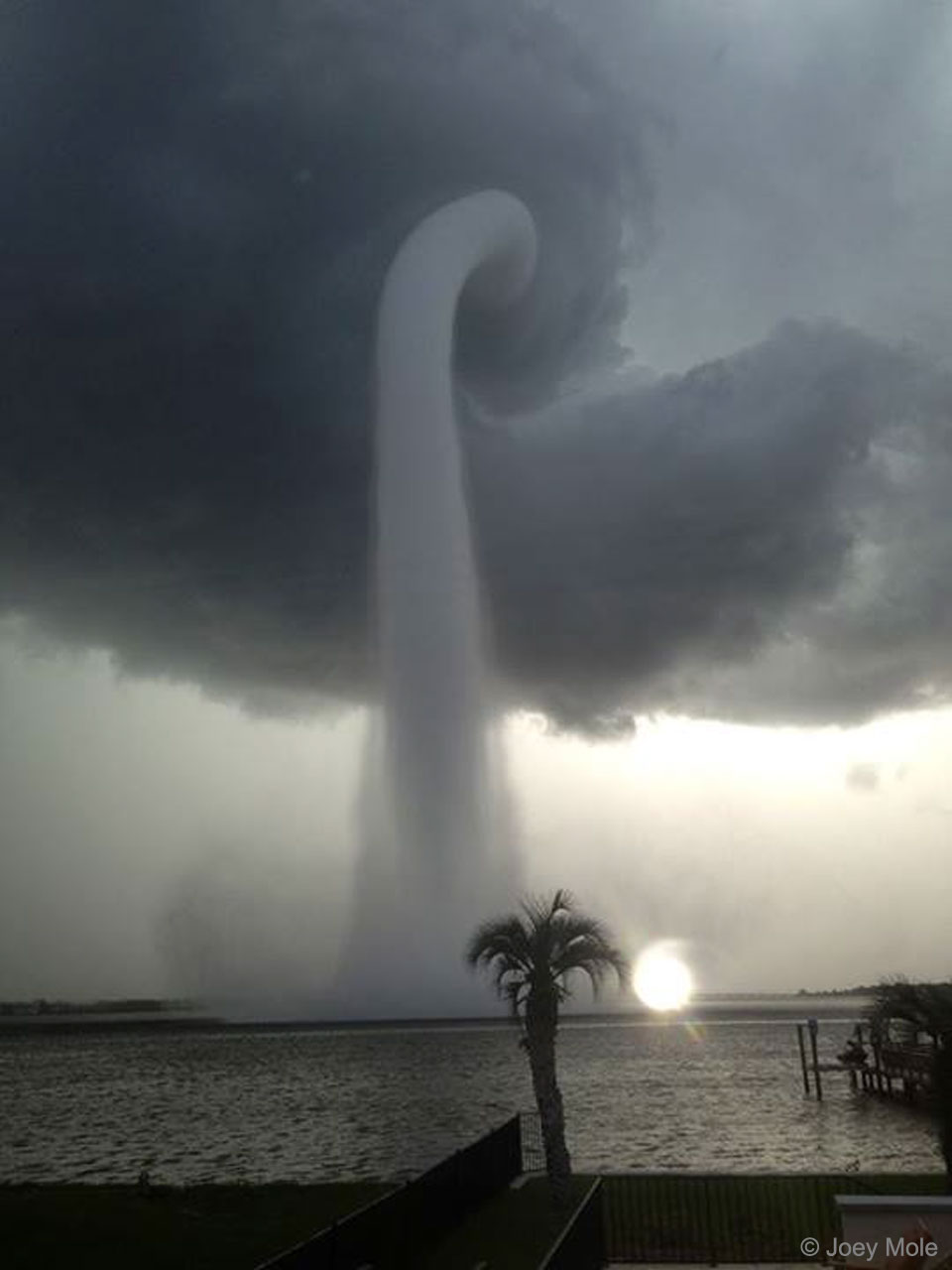
Os thais chamam à sua capital Krung Thep Mahanakhon (กรุงเทพมหานคร), pelo que se o caro leitor se referir a Bangkok (Banguecoque grafado em português) em frente de um tailandês comum, este não compreenderá de que lugar se está a falar. Isto tem uma explicação. Bangkok foi criada por portugueses em meados do século XVII e, traduzido para português, quer dizer tão só Azeitão ou "aldeia das oliveiras" (Ban = aldeia + Kók/กอก = oliveira). Originárias da América do Sul, as spondias mombin (cajá-manga para os brasileiros) foram introduzidas no Sudeste-Asiático pelos portugueses em inícios do século XVII e usadas como base para molhos e conservas, ou seja, com a mesma finalidade do azeite de oliveira na Europa da Antiguidade e Idade Média. A aldeia de Bangkok nasceu no actual distrito de Samsen, três quilómetros a norte do complexo religioso-administrativo do palácio real, que só seria erigido a partir de 1782. Ali havia uma igreja em madeira que servia o Padroado e era em Bangkok que as embarcações que subiam o Chao Phrya (rio de Bangkok) em direcção à antiga capital (Ayutthaya), interrompiam a sua viagem para receberem pilotos experimentados na navegação fluvial. Estes pilotos eram luso-siameses católicos, os únicos siameses que falavam a língua franca comercial e diplomática da região entre os séculos XVI e XIX, a língua portuguesa.
Miguel Castelo Branco

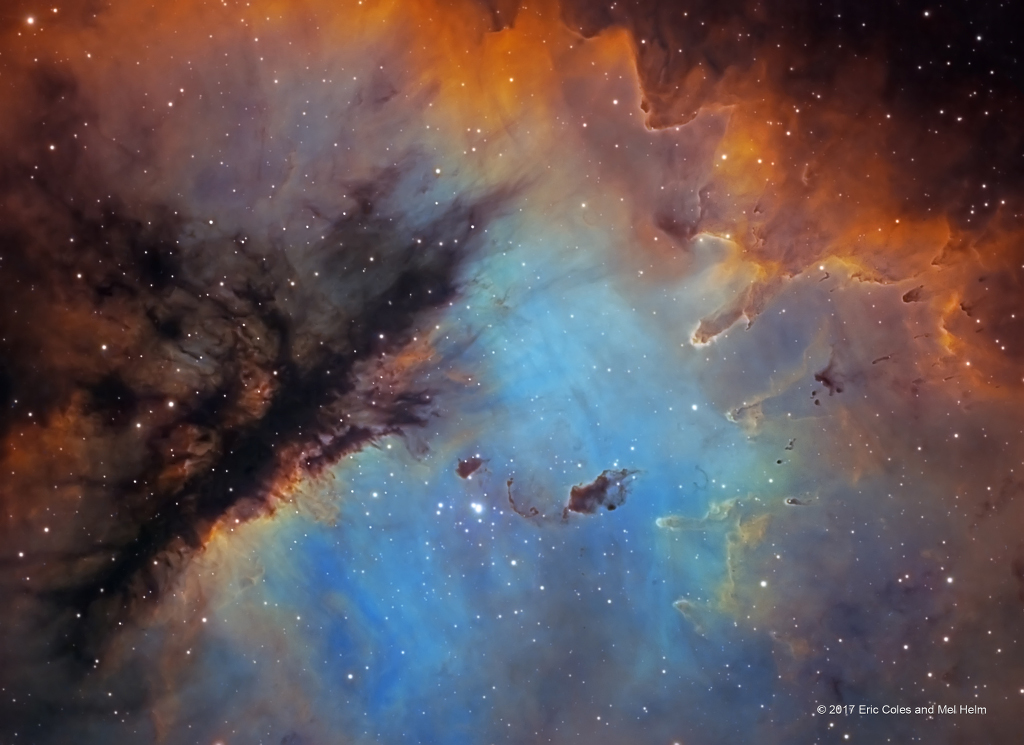


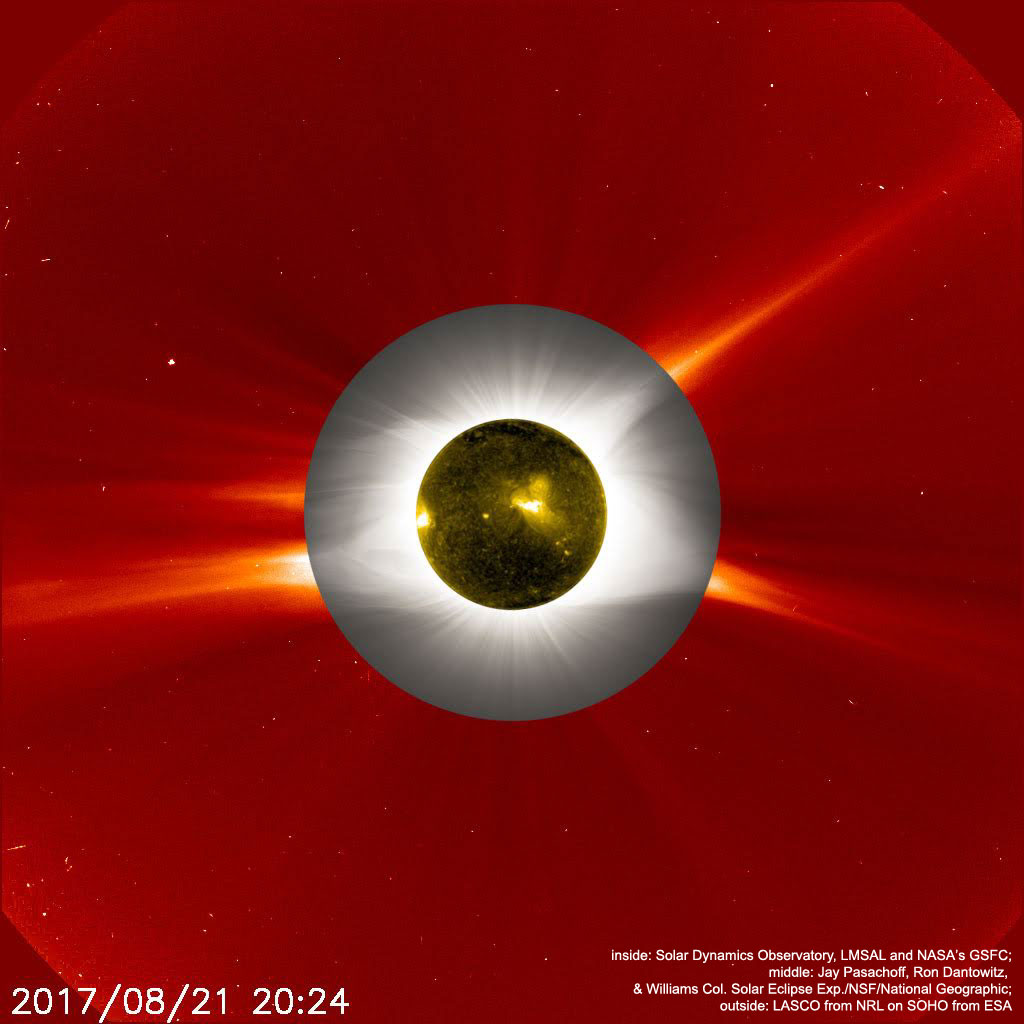




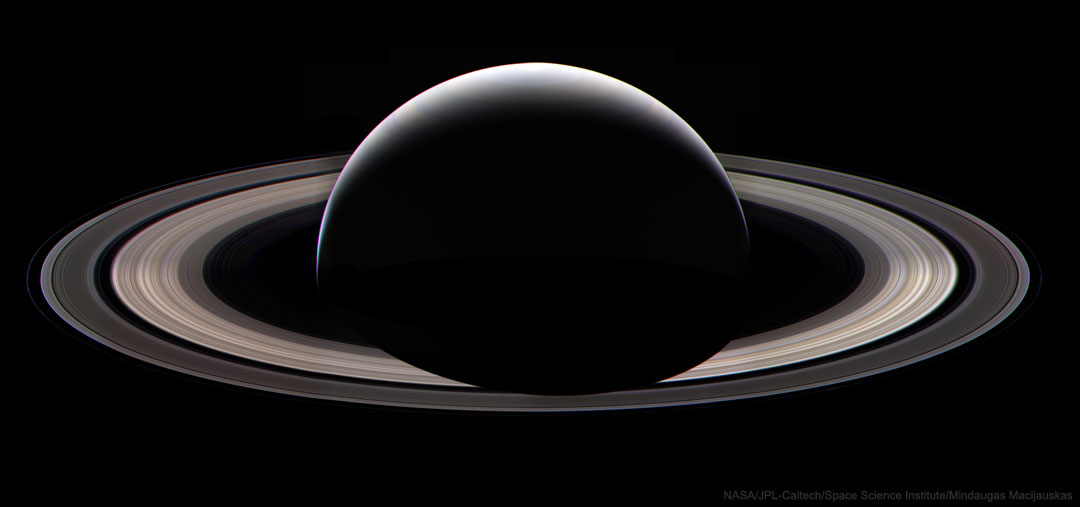

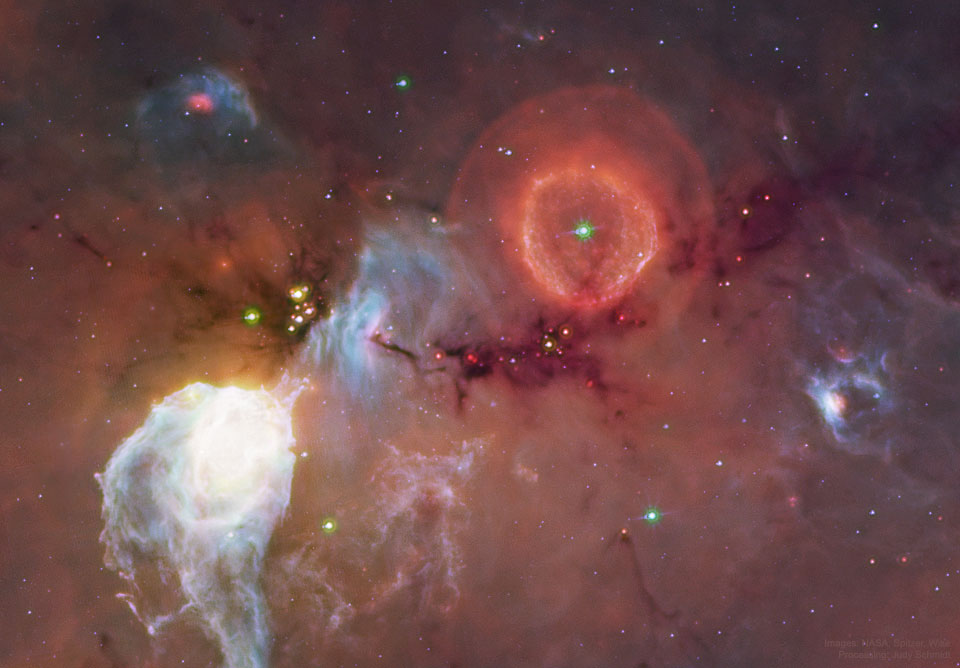

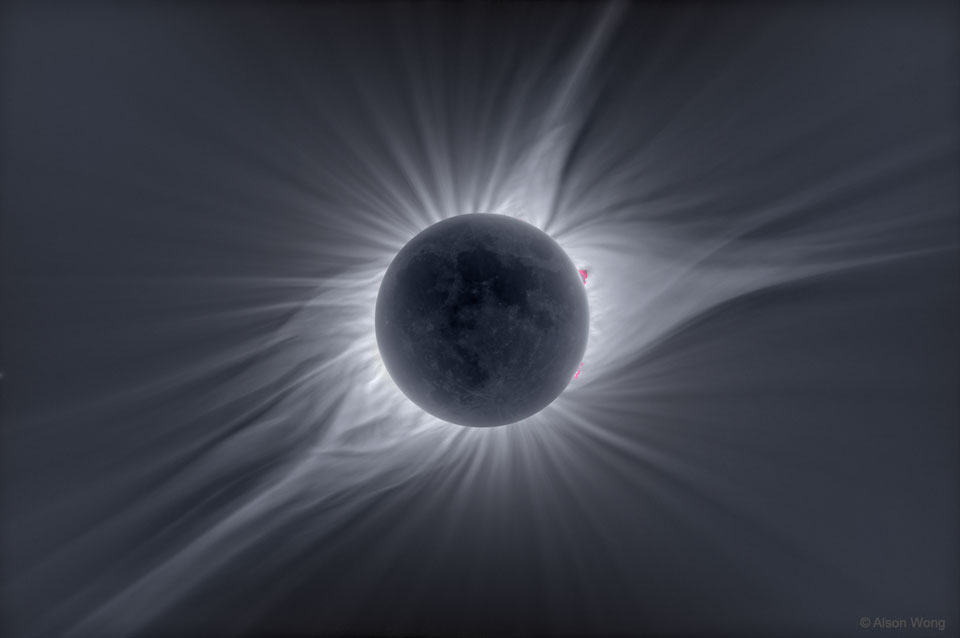

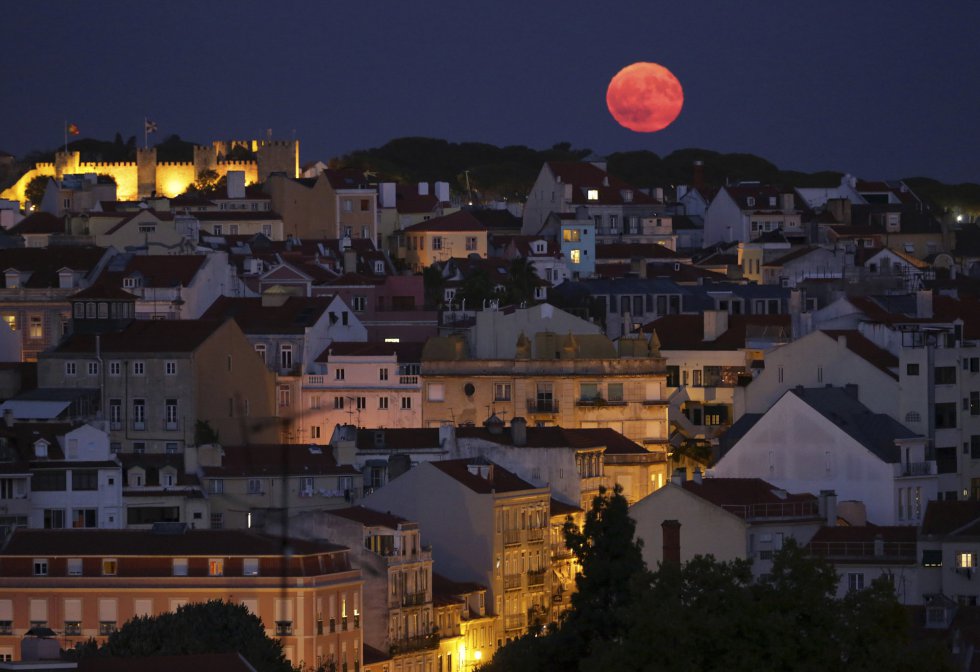

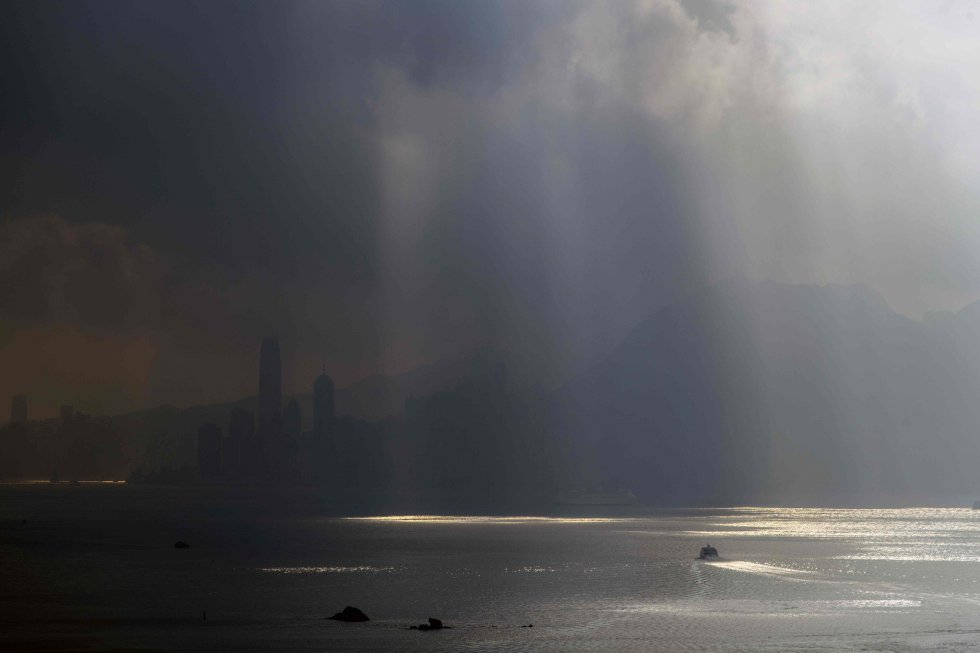
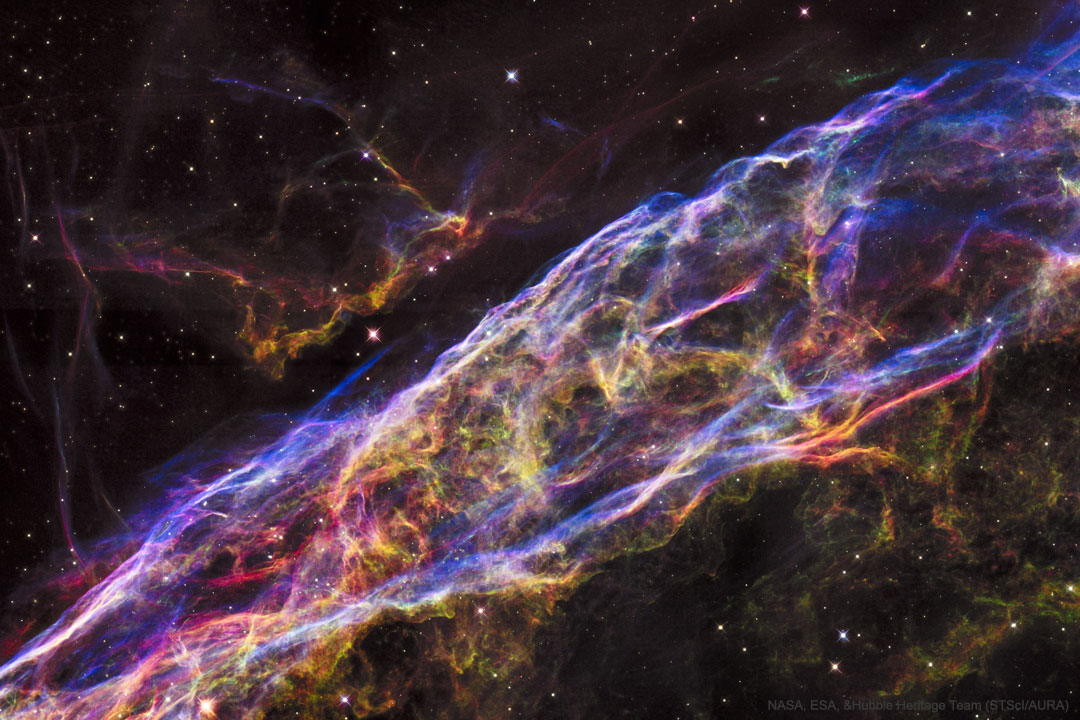

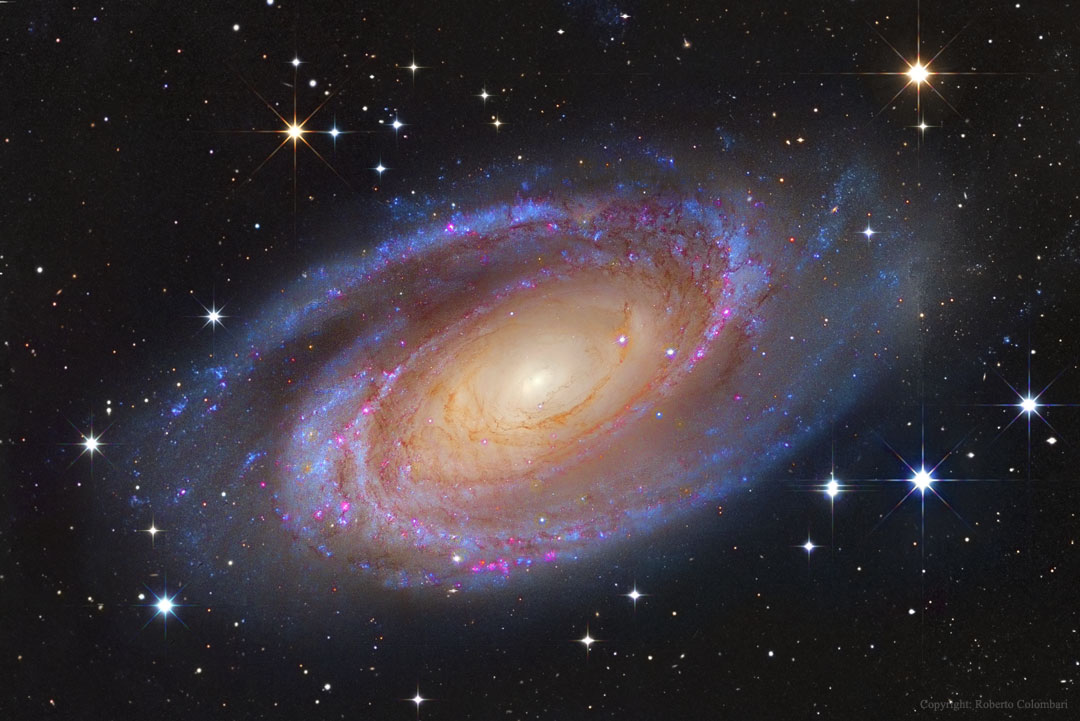
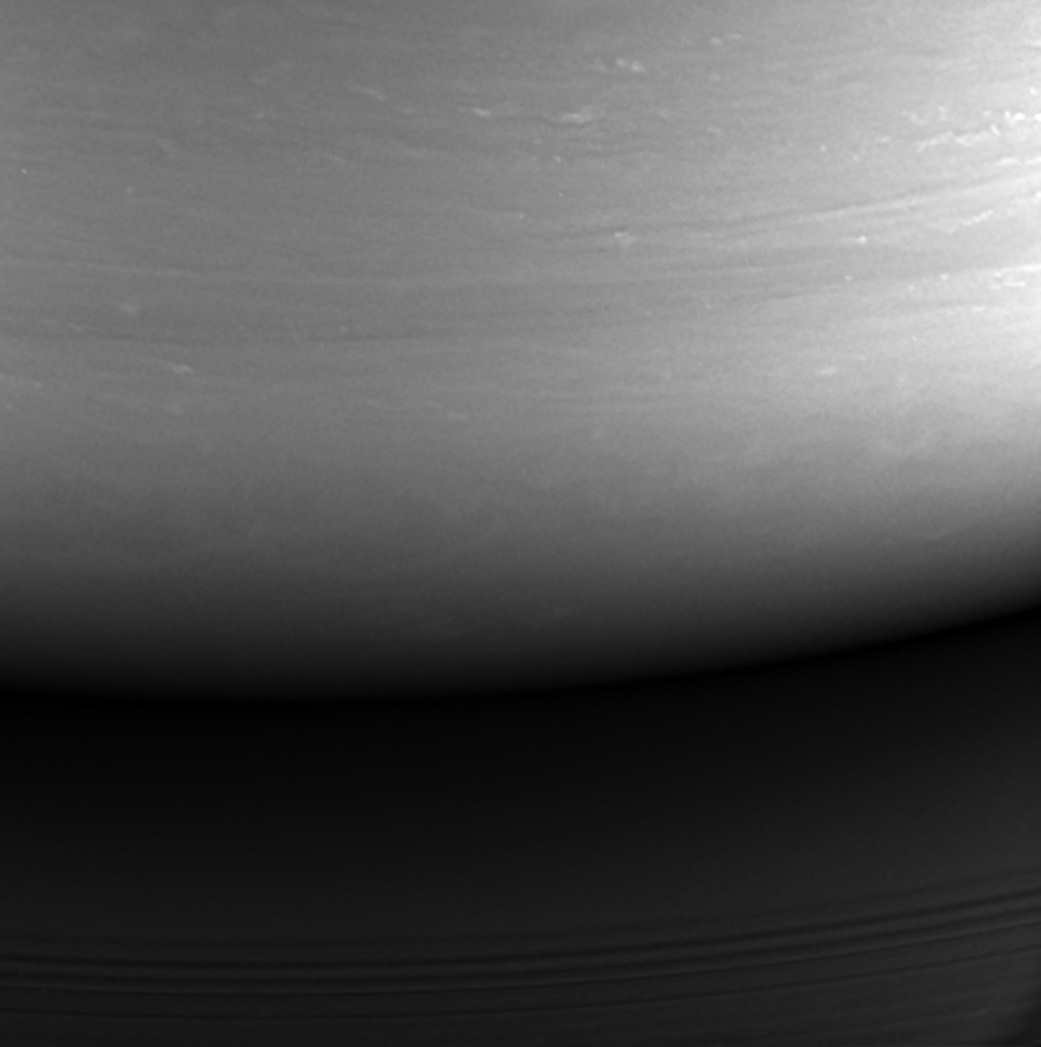
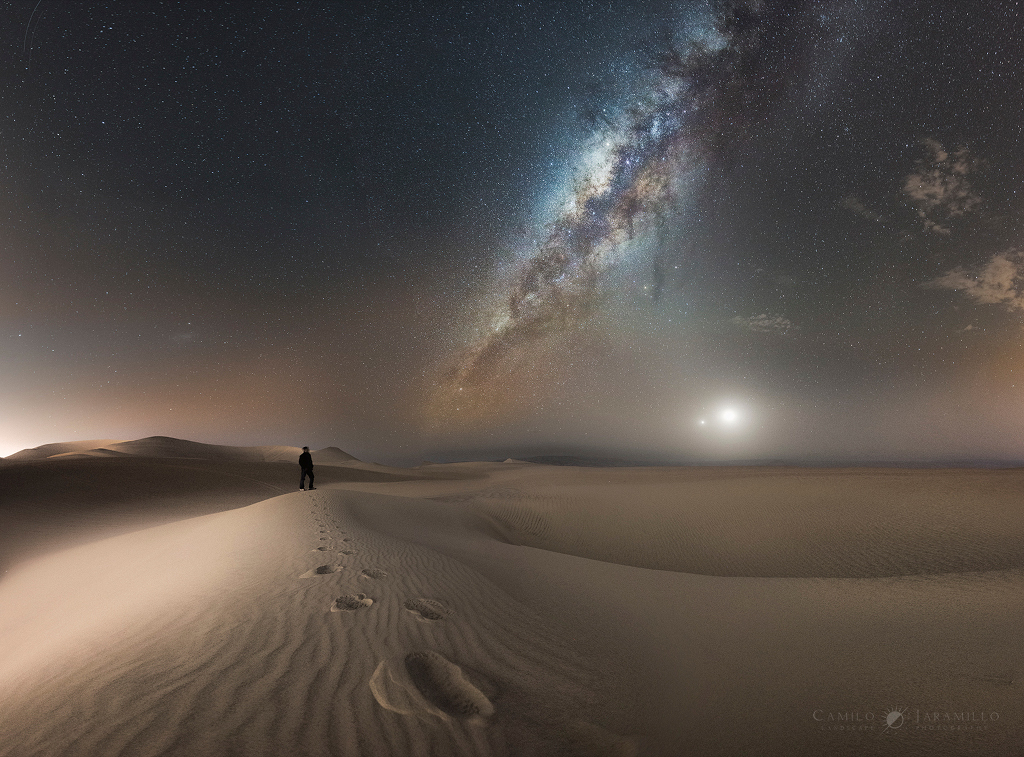
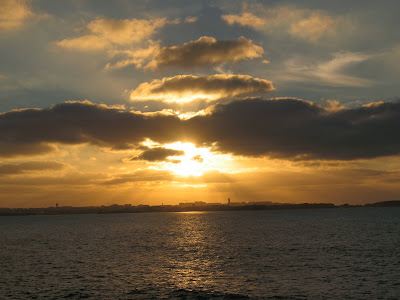 Há frases que todos usamos que nasceram da publicidade. Alguns dos anúncios têm que se lhe diga, pois foram criados por grandes poetas. Basta lembrar o “Primeiro estranha-se, depois entranha-se” que Fernando Pessoa criou para a Coca-Cola quando estava ao serviço da agência Hora nos finais dos anos 20.
Há frases que todos usamos que nasceram da publicidade. Alguns dos anúncios têm que se lhe diga, pois foram criados por grandes poetas. Basta lembrar o “Primeiro estranha-se, depois entranha-se” que Fernando Pessoa criou para a Coca-Cola quando estava ao serviço da agência Hora nos finais dos anos 20.
